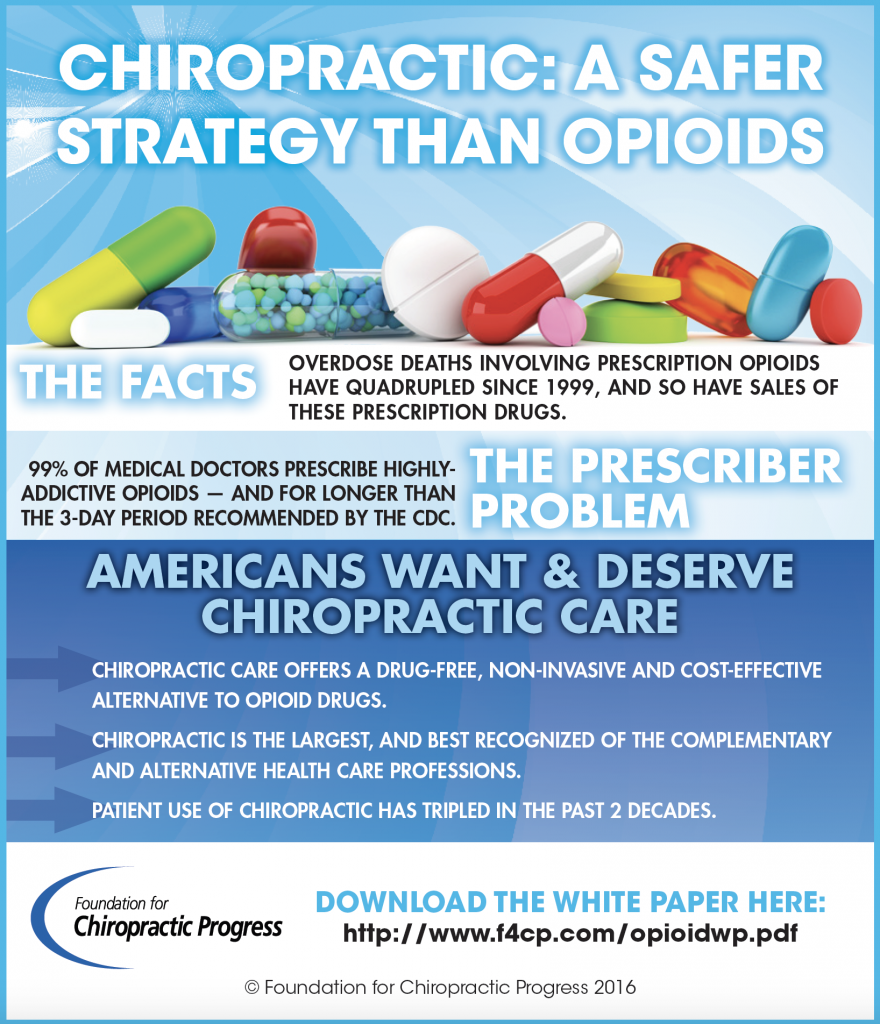Brace On Your Own For An Exploration Into The Exciting Mobile Interactions Of Cold Laser Treatment And Its Utilization Of Light As A Recovery System. Take A Deeper Dive Into The Scientific Aspects!
Brace On Your Own For An Exploration Into The Exciting Mobile Interactions Of Cold Laser Treatment And Its Utilization Of Light As A Recovery System. Take A Deeper Dive Into The Scientific Aspects!
Blog Article
Short Article Created By-Krog Kornum
You may have become aware of cold laser therapy as an appealing treatment choice for numerous problems, however have you ever before asked yourself how it actually deals with a cellular degree? Understanding the systems behind this therapy can shed light on its performance in promoting healing and lowering inflammation. By checking out the science behind cold laser treatment, you'll get insights right into the fascinating methods which light can influence cellular procedures and facilitate cells fixing.
Just How Cold Laser Therapy Works
To understand exactly how cold laser treatment functions, you require to grasp the fundamental principles of just how light energy connects with biological cells. Cold laser therapy, also referred to as low-level laser therapy (LLLT), utilizes details wavelengths of light to penetrate the skin and target hidden tissues. Unlike the extreme lasers used in surgical procedures, cold lasers emit low levels of light that don't create warm or trigger damages to the tissues.
When these mild light waves reach the cells, they're taken in by elements called chromophores, such as cytochrome c oxidase in mitochondria. visit the website of organic responses, including raised cellular power manufacturing and the launch of nitric oxide, which enhances blood circulation and minimizes swelling.
In addition, the light energy can likewise stimulate the manufacturing of adenosine triphosphate (ATP), the power currency of cells, helping in mobile repair service and regeneration procedures.
In essence, cold laser therapy takes advantage of the power of light energy to advertise recovery and ease pain in a non-invasive and mild manner.
Systems of Activity
Just how does cold laser therapy actually work to generate its therapeutic impacts on biological tissues?
Cold laser treatment, additionally known as low-level laser treatment (LLLT), operates with a process known as photobiomodulation. When fat reduction bedford hills ny is put on the skin, the light power penetrates the cells and is taken in by chromophores within the cells.
These chromophores, such as cytochrome c oxidase in the mitochondria, are after that boosted by the light energy, resulting in a cascade of organic reactions. One vital system of activity is the enhancement of cellular metabolic process.
microdermabrasion stamford taken in light energy boosts ATP manufacturing in the mitochondria, which is essential for cellular feature and fixing. Furthermore, cold laser treatment assists to minimize inflammation by preventing inflammatory moderators and advertising the release of anti-inflammatory cytokines.
This anti-inflammatory impact adds to pain relief and cells recovery.
Healing Impacts
Recognizing the healing results of cold laser therapy entails acknowledging just how the enhanced cellular metabolic rate and anti-inflammatory properties add to its positive outcomes on organic cells.
When the cold laser is related to the afflicted area, it boosts the mitochondria within the cells, causing enhanced production of adenosine triphosphate (ATP), which is vital for mobile function and repair service. This boost in cellular energy increases the recovery procedure by advertising tissue regeneration and reducing inflammation.
Additionally, the anti-inflammatory buildings of cold laser therapy help to lower discomfort and swelling in the targeted area. By preventing inflammatory moderators and advertising the release of anti-inflammatory cytokines, cold laser treatment aids in alleviating pain and improving the general recovery response.
This decrease in inflammation not just supplies instant relief but also sustains long-lasting cells repair service.
Final thought
In conclusion, cold laser treatment works by stimulating cellular repair service and cells regrowth through photobiomodulation. Its anti-inflammatory residential or commercial properties provide discomfort alleviation and minimize swelling by inhibiting inflammatory arbitrators.
This treatment uses a thorough approach to healing, providing both prompt relief and long-term tissue fixing benefits.
Through its devices of activity, cold laser treatment confirms to be an efficient and encouraging treatment option for a variety of problems.
